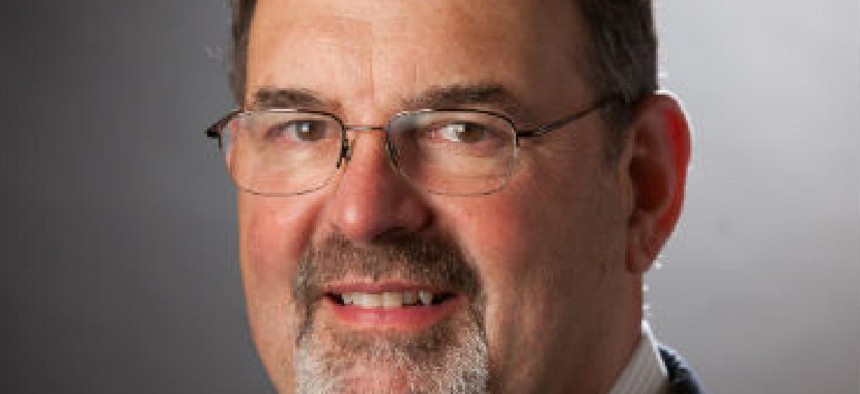CIO Scott surprised by crisp pace of FITARA implementation

With the majority of agency FITARA implementation plans approved and posted, the federal CIO said the process of reimagining federal IT management has gone more smoothly than expected.

Federal CIO Tony Scott said the government is "well on the way to real implementation" of the Federal IT Acquisition Reform Act now that the Office of Management and Budget has approved 22 out of 24 agency governance and management plans.
"It went a lot better than I expected it to," Scott said at an April 13 ACT-IAC forum. Twenty-one agencies have posted their approved plans online, and the 22nd will be posted in 30 days or so, he added.
"There's been a pretty good overall response," Scott said about agencies' efforts to put the management processes in place.
Two-thirds of the agencies required some follow-up after their plans were filed, but initial blueprints "weren't that far off," he said. OMB continues to work with the two remaining agencies to sort through some technical issues. Scott didn't name the agencies in his remarks, but the departments of Labor and Energy are reportedly hung up on implementation.
Updates on the initial plans are due by April 30, and the next step is to establish paths agencies can follow for FITARA implementation. Scott said he is working with the General Services Administration to make a set of best practices available from a central location. He told FCW he is working on the details of where those best practices would be posted.
Scott said agencies will likely need to tweak the updates a little. "Every agency is struggling with some part of their plan," he said, but they are trying to adjust.
Overall, he said, FITARA has been more than an exercise in better IT management. It has also illuminated other federal technology issues.
"FITARA has big wings that have helped lift other issues in government," Scott said. Having agencies think through how to handle IT in general has facilitated conversations about specific problems with legacy IT systems and cybersecurity.
He added that the proposed IT Modernization Fund is an important part of the IT planning process. The plan is for agencies to tap a $3.1 billion revolving fund to modernize their IT, including replacing high-value systems that might be struggling.
The plan's stipulation that agencies repay the money they take from the fund gives them "skin in the game" to ensure that replacement systems are efficient and effective, Scott said.
House Minority Whip Steny Hoyer (D-Md.) plans to introduce Obama administration-backed legislation to appropriate the needed funds.
The plan has met with some skepticism on Capitol Hill, however. In March, the House Budget Committee rejected an amendment to the fiscal 2017 budget resolution that would have funded the plan. When asked how lawmakers have responded to the more recent proposal, Scott said the environment has been "very inviting so far."
"I haven't found this is a partisan issue," he said. "Everyone recognizes this is a problem." How to get from Point A to Point B is the conversation, he added.
"Saying 'just get to the cloud' is not helpful," he said. Just as encryption won't solve all cybersecurity problems, cloud technology is only one part of the strategy for IT modernization, he added.
NEXT STORY: Why USAJobs needs an overhaul


